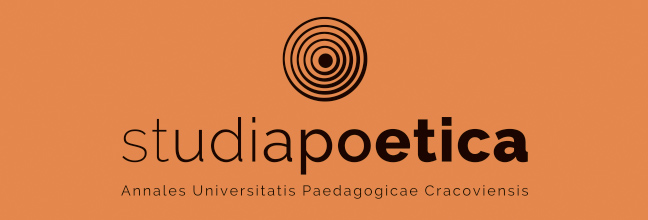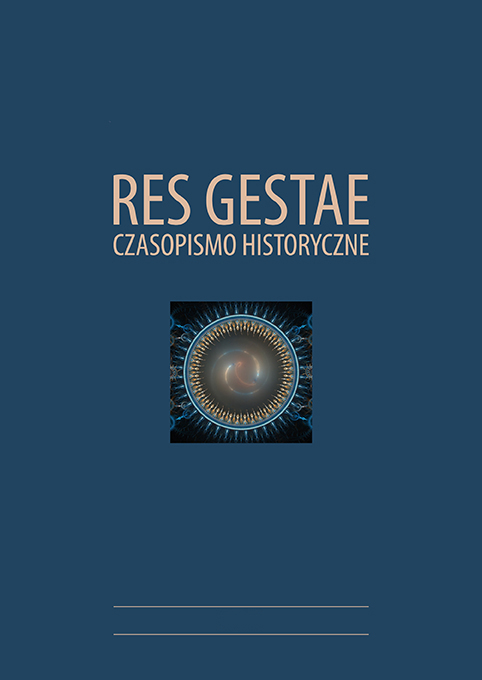Struktura przestrzenna Oviedo w średniowieczu ze szczególnym uwzględnieniem placów miejskich. Zarys problematyki
Main Article Content
Abstrakt
The aim of the article is to examine the process of spatial development in Oviedo in the Middle Ages, with a particular focus on the formation of urban squares. Oviedo is - in terms of Spanish urbanism - a special example, as it belongs to one of the first cities built on raw roots. During the Middle Ages it was an important administrative, religious and political center. Until 910 it served as the capital of the Kingdom of Asturias, and although it later lost this status to León, by the end of the thirteenth century, it was indeed a fully developed and important city. Like Santiago de Compostela, Oviedo had a strong sacred character, which in turn determined its spatial organization. As far as the spatial development is concerned, a well-thought-out spatial concept developed in the Middle Ages, which, although partially modified, has been preserved until today, deserves special attention. It is particularly interesting to look at open spaces and the process of their formation and transformation. These squares still function today in the same places.
Article Details
|

